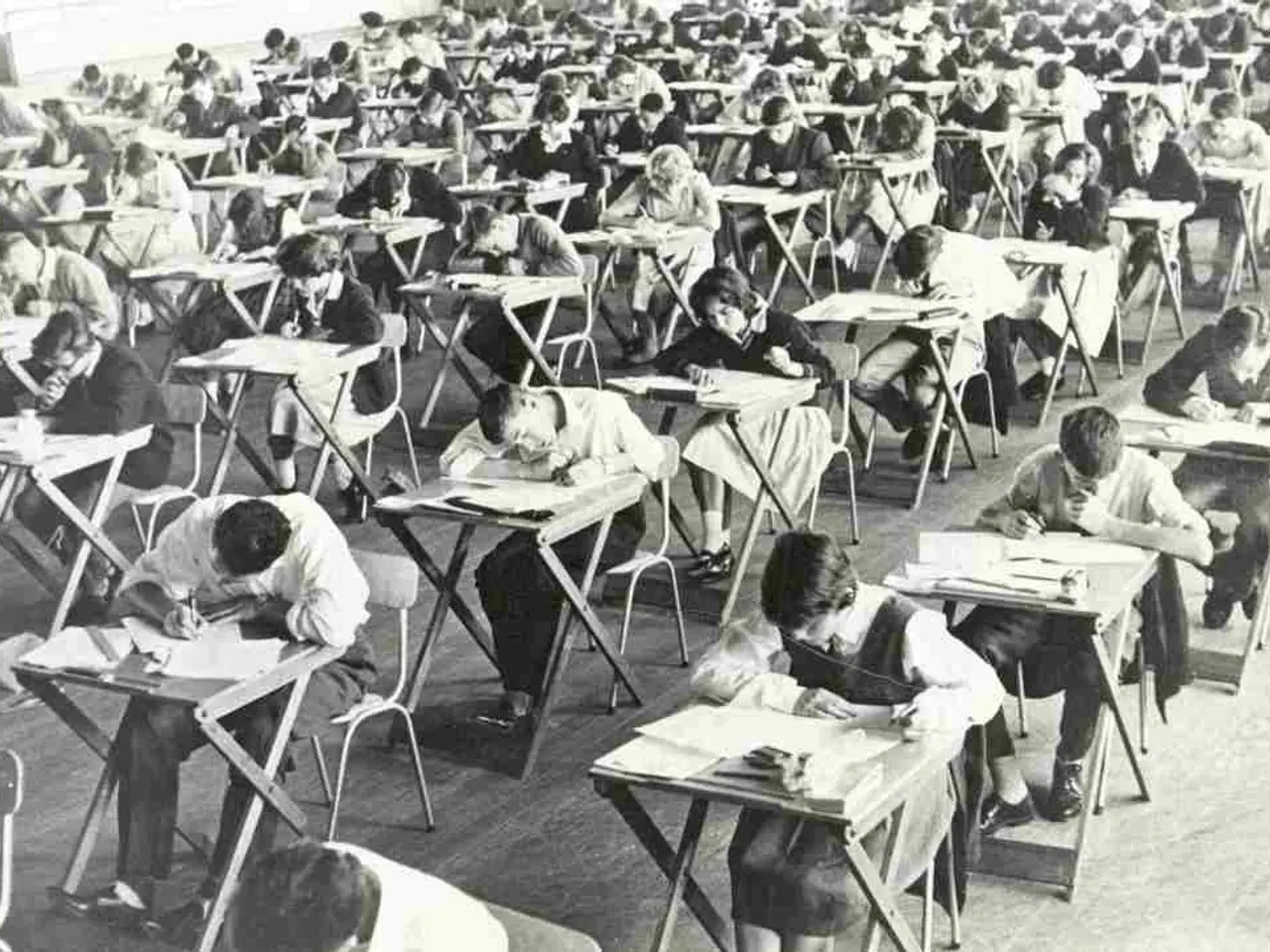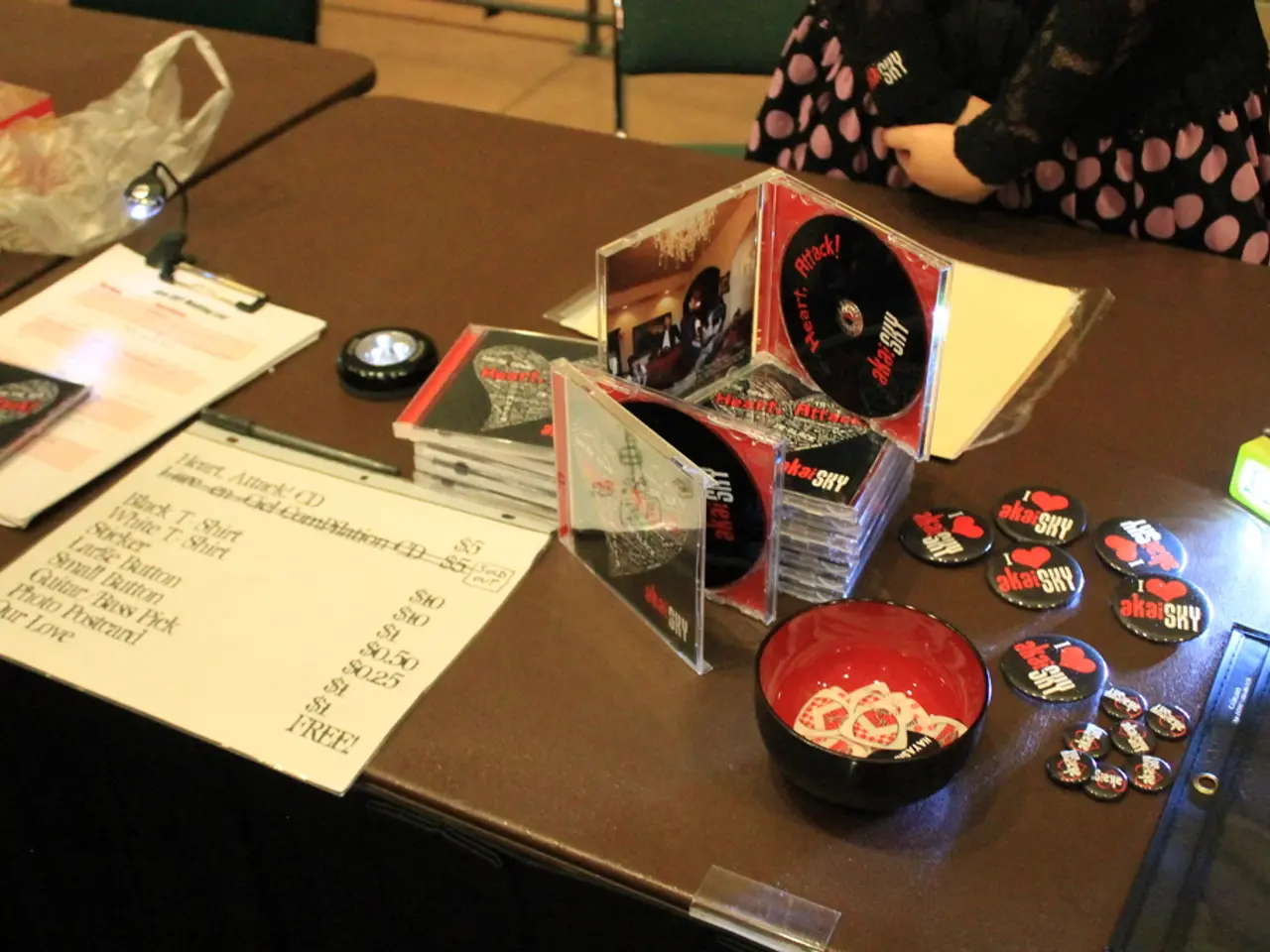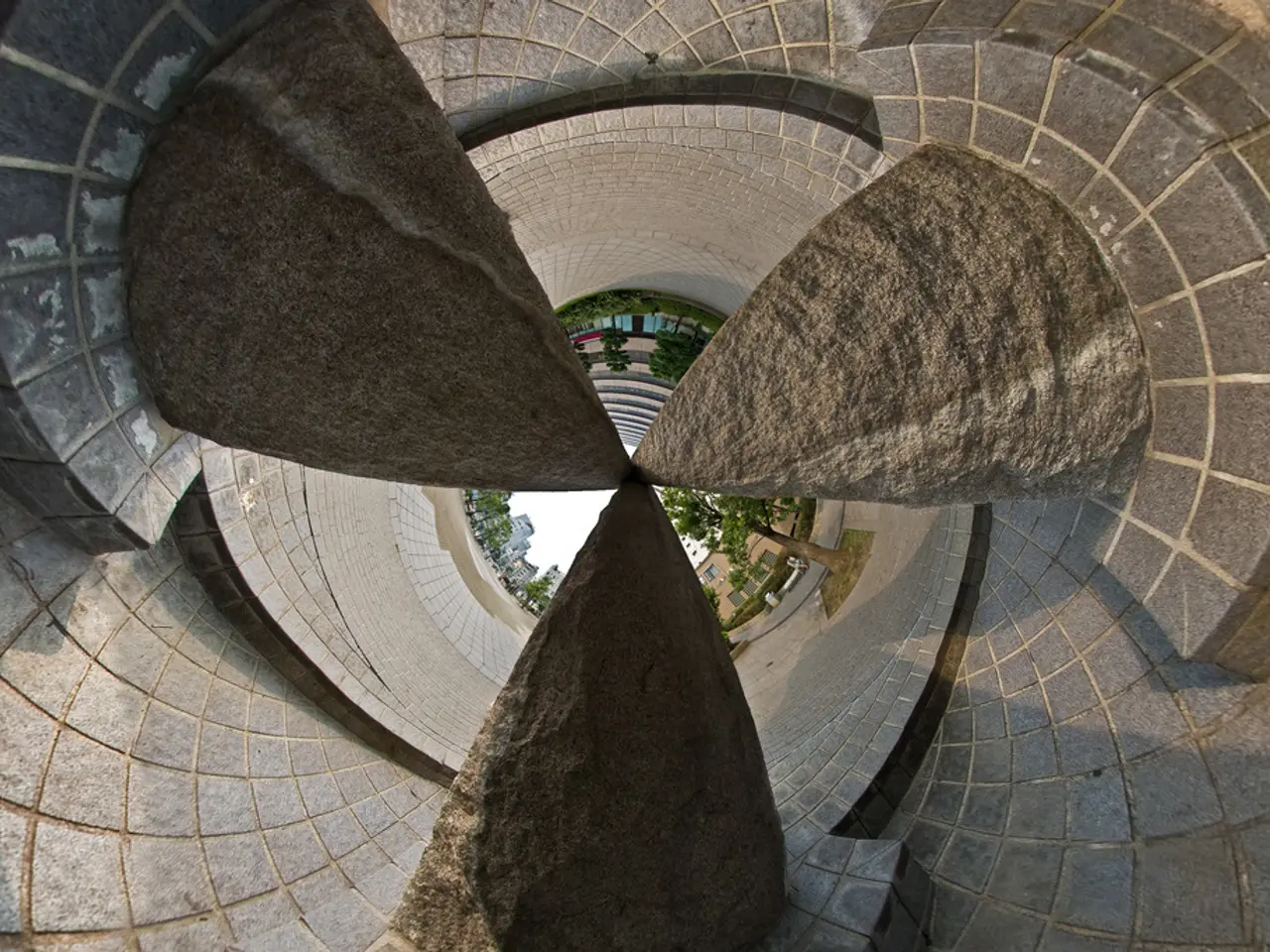Olympics Bidding Conundrum: No Existing Sports Culture, Questions Raised by Manish Tewari
In India, there is a palpable enthusiasm for sports among children, with 99% expressing enjoyment and a strong desire to participate [1]. However, the reality is starkly different, as the country grapples with a lack of an active sports and personal fitness culture. This discrepancy is more a product of systemic and societal barriers than a lack of infrastructure [1].
One of the key reasons for this is the inconsistency in Physical Education (PE) classes. Around 25–28% of PE classes are regularly cancelled or substituted, denying children consistent opportunities to engage in physical activity despite the available infrastructure [1].
Another significant issue is the gender disparities and social attitudes that persist. A 13% gender participation gap exists, particularly in team sports like cricket and football. This gap is rooted in attitudes that discourage or limit girls' involvement. The lack of same-gender peers further discourages participation among girls [1].
Inadequate access and utilization of infrastructure also pose challenges. Although initiatives like the Khelo India programme are being implemented with a large budget focused on mass participation, talent identification, and sport promotion, utilization remains a challenge due to social norms, limited encouragement in schools, and competing academic priorities [3].
The implications of this lack of an active sports culture extend beyond sports performance. While India has shown a commendable rise in international performance, this success is still concentrated among a limited talent pool. The lack of a broad, active sports culture means many potential athletes remain untapped, slowing India's progress toward becoming a consistent global sporting powerhouse [2][3].
Moreover, the insufficient engagement in physical activity contributes to growing public health concerns such as sedentary lifestyles, obesity, and related non-communicable diseases. The cancellations of PE classes and gender-based restrictions reduce opportunities for children to build lifelong fitness habits [1].
As efforts continue to expand infrastructure and supportive policies like Khelo India, addressing cultural, educational, and social barriers is crucial to fully develop an active sports culture in India. This requires consistent PE delivery, gender inclusiveness, attitude changes, and integration of sports within educational priorities [1][3].
Meanwhile, the Indian Premier League is expected to generate Rs 20,000 crores in FY 2025-26, but much of that does not go into nurturing grassroots talent. The government is planning to table and pass the National Sports Governance Bill 2025 in the current Monsoon Session of Parliament, which aims to create a framework for good governance in National Sports Federations and the Indian Olympic Association.
However, China's sports budget for the same fiscal year is eight times higher than India's, highlighting the need for increased investment in sports infrastructure and policies. The absence of meaningful sporting infrastructure is evident even on railway platforms in suburban India, where some individuals can be seen walking up and down for exercise.
In conclusion, while there is a growing recognition of the importance of sports and personal fitness, cultural, educational, and social barriers prevent the full development of an active sports culture in India. Addressing these challenges is essential to unlock the potential of India's sports talent and improve public health outcomes.
- To foster personal growth and promote overall well-being, it is essential to strengthen the education-and-self-development aspect of Physical Education (PE) classes, ensuring consistent delivery and minimizing cancellations.
- Recognizing the importance of personal-growth through sports, it is crucial to bridge the gender participation gap in sports like basketball and football, encouraging equal opportunities for both boys and girls.
- To develop a comprehensive sports culture in India, there is a need to invest in sports-analysis and sports-betting industries, that can provide valuable insights and revenue streams that can contribute to the nourishment of grassroots talent.




